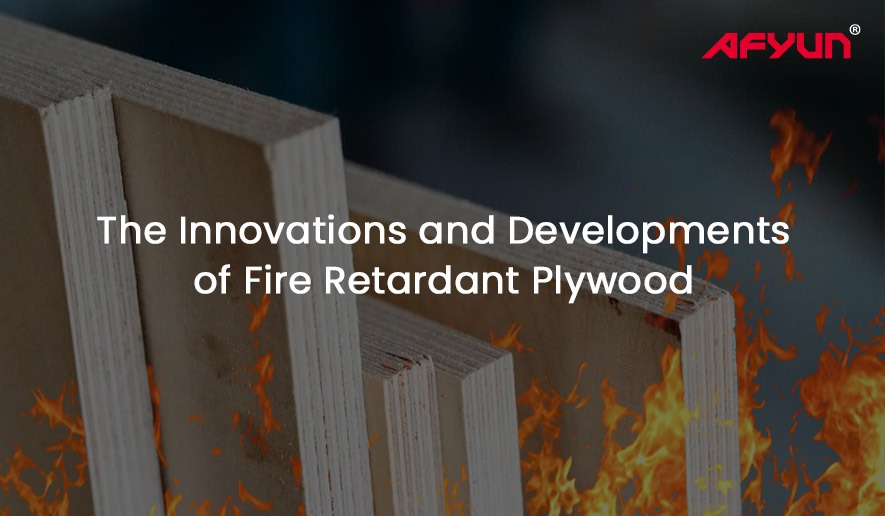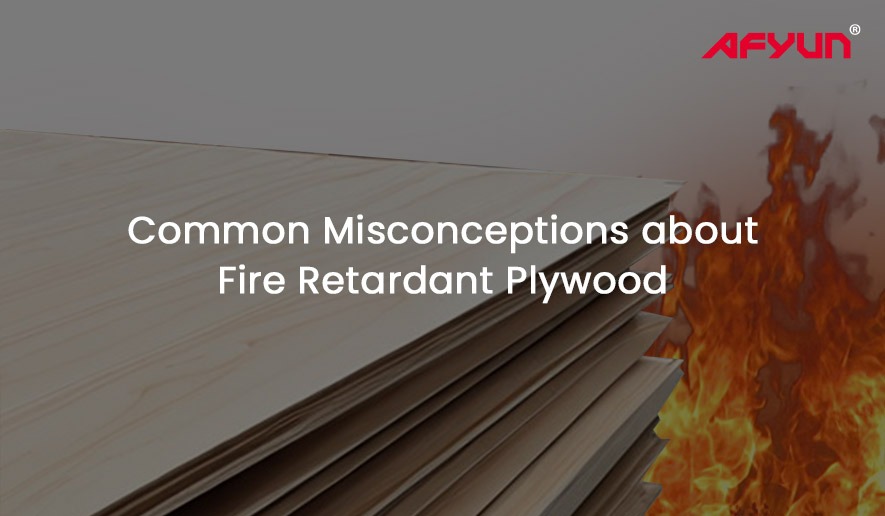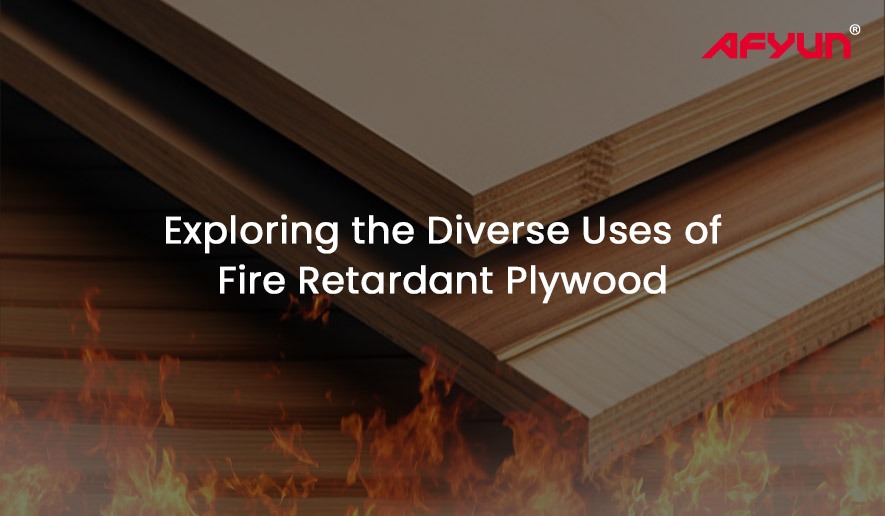Fire retardant plywood is a vital building material that helps in enhancing fire safety in various construction projects.
If you’re considering using fire retardant plywood or want to learn more about it, this article will address the top five frequently asked questions to provide you with valuable insights.
- How Does Fire Retardant Plywood Work?
Fire retardant plywood works by incorporating special chemicals during its manufacturing process.
These chemicals penetrate the wood’s surface and create a protective layer that resists ignition and slows down the spread of flames.
When exposed to fire, the treated plywood releases water vapour, which helps to suppress the fire and prevent it from engulfing the entire structure.
This reaction provides crucial extra minutes to react, evacuate, and control the fire, making fire retardant plywood a crucial safety measure.
- Is Fire Retardant Plywood Different from Fireproof Plywood?
Yes, there is a difference between fire-retardant plywood and fireproof plywood.
Fireproof plywood is designed to withstand fire without igniting or contributing to its spread.
On the other hand, fire retardant plywood, while significantly resistant to fire, will eventually catch fire if exposed for an extended period.
The key distinction lies in the duration of fire resistance; fireproof plywood offers more extended protection but can be more expensive, while fire retardant plywood is a cost-effective solution for applications where a certain level of fire resistance is required.
- Can Fire Retardant Plywood Be Used Outdoors?
Yes, fire retardant plywood can be used outdoors, but it requires appropriate protection against moisture and weathering.
When exposed to the elements, the fire-retardant chemicals may gradually leach out, reducing the plywood’s fire-resistant properties over time.
To use fire retardant plywood outdoors, it should be adequately sealed, primed, and painted with weather-resistant coatings to maintain its effectiveness and longevity.
- How Long Does the Fire Retardant Treatment Last?
The duration of the fire retardant treatment’s effectiveness depends on various factors, such as the type of treatment, exposure to weather conditions, and maintenance.
In indoor applications where the plywood is protected from the elements, the fire retardant treatment can last for decades.
However, in outdoor settings or high-moisture environments, reapplication of the treatment might be necessary after several years to maintain the plywood’s fire-resistant properties.
- Can Fire Retardant Plywood Be Used for Structural Support?
Fire retardant plywood is suitable for certain structural applications, but it is essential to consider the specific building codes and regulations in your area.
In some cases, fire retardant plywood can be used for roof sheathing, wall bracing, or flooring in buildings where fire safety requirements demand enhanced protection.
However, for critical structural elements, such as load-bearing beams or columns, it is crucial to consult with a structural engineer or building professional to ensure compliance with safety standards.
Conclusion
Fire retardant plywood is an invaluable material for improving fire safety in construction projects. Its ability to slow down the spread of flames and provide crucial response time during fire incidents makes it an essential component in various applications. When using fire retardant plywood, always adhere to manufacturer guidelines, building codes, and regulations to ensure its maximum effectiveness and create safer structures for occupants and property.
Ensure that you purchase fire retardant plywood of the highest quality. Afyun Plywood offers different types of plywood, including Calibrated Plywood, Zero Emission Plywood, marine plywood (waterproof plywood) Eco-Friendly Plywood, CARB Certified Plywood, Gurjan Plywood, and more.
Whether you need plywood for bed frames, interior applications, or any other product, Afyun has you covered.



